Aflatoxins: History, Significant Milestones, Recent Data on Their Toxicity and Ways to Mitigation
- PMID: 34205163
- PMCID: PMC8227755
- DOI: 10.3390/toxins13060399
Aflatoxins: History, Significant Milestones, Recent Data on Their Toxicity and Ways to Mitigation
Abstract
In the early 1960s the discovery of aflatoxins began when a total of 100,000 turkey poults died by hitherto unknown turkey "X" disease in England. The disease was associated with Brazilian groundnut meal affected by Aspergillus flavus. The toxin was named Aspergillus flavus toxin-aflatoxin. From the point of view of agriculture, aflatoxins show the utmost importance. Until now, a total of 20 aflatoxins have been described, with B1, B2, G1, and G2 aflatoxins being the most significant. Contamination by aflatoxins is a global health problem. Aflatoxins pose acutely toxic, teratogenic, immunosuppressive, carcinogenic, and teratogenic effects. Besides food insecurity and human health, aflatoxins affect humanity at different levels, such as social, economical, and political. Great emphasis is placed on aflatoxin mitigation using biocontrol methods. Thus, this review is focused on aflatoxins in terms of historical development, the principal milestones of aflatoxin research, and recent data on their toxicity and different ways of mitigation.
Keywords: aflatoxin; milestones; mitigation; toxicity; turkey “X“ disease.
Conflict of interest statement
The authors declare no conflict of interest.
Figures

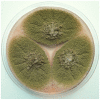
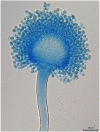
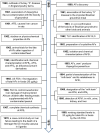

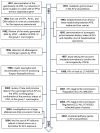
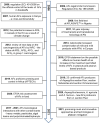
References
-
- Blount W.P. Turkey “X” Disease. J. Br. Turkey. 1961;9:55–58.
Publication types
MeSH terms
Substances
Grants and funding
LinkOut - more resources
Full Text Sources

